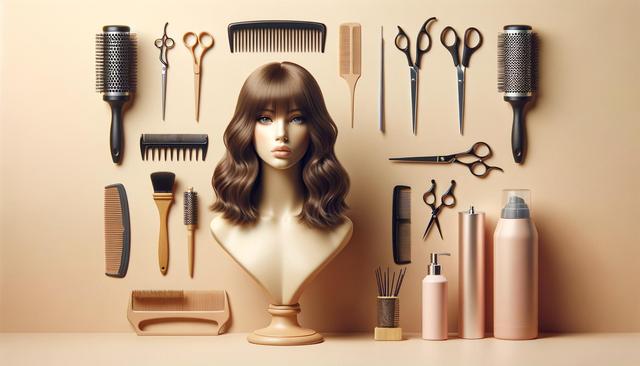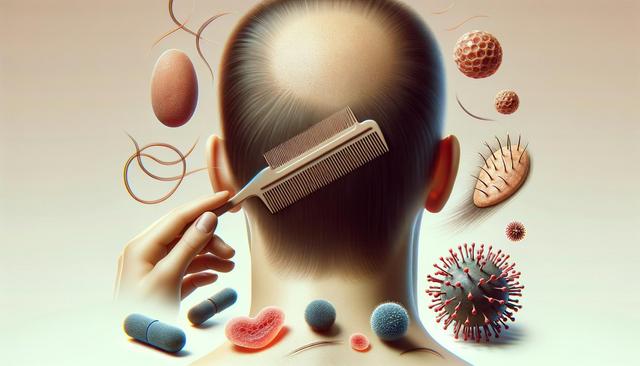The Evolution of Hairstyles Through the Years
Hairstyles have evolved significantly over the decades, adapting to shifts in fashion, technology, and societal norms. From the voluminous waves of the 1940s to the sleek, minimalist cuts of the early 2000s, each era has brought its own interpretation of hair trends. These styles not only reflect aesthetic preferences but also often mirror the social movements and values of their time. For instance, the afro became a powerful symbol of cultural pride during the civil rights movement, while the punk-inspired mohawk of the 1980s expressed rebellion and individuality.
Modern hairstyles continue to draw inspiration from these past decades while incorporating fresh techniques and materials. Hair coloring, texturing treatments, and styling tools have greatly expanded the range of achievable looks. Today, individuals can switch between straight, wavy, and curly styles with relative ease, creating a dynamic approach to personal grooming. This fluidity allows hairstyles to be more inclusive and expressive than ever before.
Popular Hairstyles for Different Hair Types
Understanding your hair type is essential in finding a hairstyle that both flatters and functions well. Different textures and densities respond uniquely to various cuts and styles. Here’s a quick overview of hairstyles that generally work well for common hair types:
- Fine Hair: Layered bobs, pixie cuts, and angled lobs can add volume and movement.
- Thick Hair: Long layers or undercut styles help manage bulk while maintaining shape.
- Curly Hair: Shoulder-length cuts with defined layers enhance natural curl patterns and reduce frizz.
- Coily Hair: Protective styles like twists, braids, and buns help maintain moisture and reduce breakage.
Choosing a hairstyle that suits your texture ensures easier maintenance and better long-term hair health. Additionally, consulting a professional stylist who understands your hair type can provide personalized guidance and styling tips.
Hairstyles That Complement Face Shapes
Face shape plays a crucial role in determining which hairstyles may suit you best. While personal preference always takes priority, certain styles can accentuate your features more harmoniously. Here’s how some styles align with common face shapes:
- Oval Face: Almost any hairstyle complements this balanced shape, including long waves or sleek bobs.
- Round Face: Styles with height and volume on top, like high ponytails or pixie cuts, elongate the face.
- Square Face: Soft, layered cuts soften the jawline and create a more oval appearance.
- Heart-Shaped Face: Side-swept bangs and chin-length bobs help balance a broader forehead with a narrower chin.
Recognizing your face shape and adjusting your hairstyle accordingly can enhance your natural beauty and boost confidence. It also helps narrow down choices when considering a new look.
Low-Maintenance vs. High-Maintenance Styles
When choosing a hairstyle, it’s important to consider how much daily effort you’re willing to invest in upkeep. Some styles require regular salon visits and extensive styling, while others offer a more relaxed maintenance routine. Here’s a comparison of both:
- Low-Maintenance: Buzz cuts, blunt bobs, and natural texture styles often require minimal daily styling and fewer trims.
- High-Maintenance: Layered cuts, vivid color treatments, or precision cuts need regular upkeep to maintain their form and vibrancy.
Your lifestyle and schedule play a vital role in determining which category suits you better. A low-maintenance cut can be ideal for busy professionals or parents, while a high-maintenance style might suit those who enjoy spending time grooming and experimenting with their appearance.
Trends to Watch and Experiment With
Staying updated on emerging hairstyle trends can be a fun way to refresh your look and express creativity. Some current trends include:
- Textured Layers: Adding dimension and movement to all hair types.
- Curtain Bangs: A versatile fringe style that suits many face shapes.
- Natural Hair Embrace: More people are choosing to wear their hair in its natural state, celebrating texture and individuality.
- Color Accents: From soft balayage to bold streaks, color continues to be a popular way to personalize hairstyles.
While trends offer inspiration, they should be adapted to fit your unique hair type, face shape, and personal style. Trying out temporary changes, such as clip-in extensions or temporary dye, can help you explore new looks without long-term commitment.


